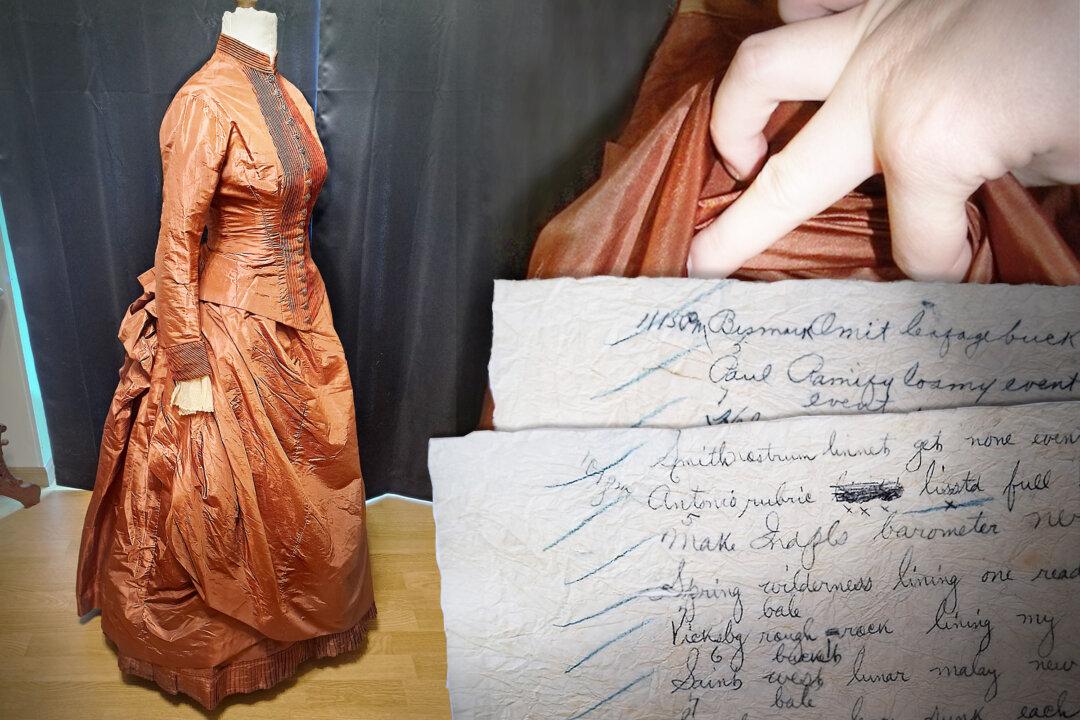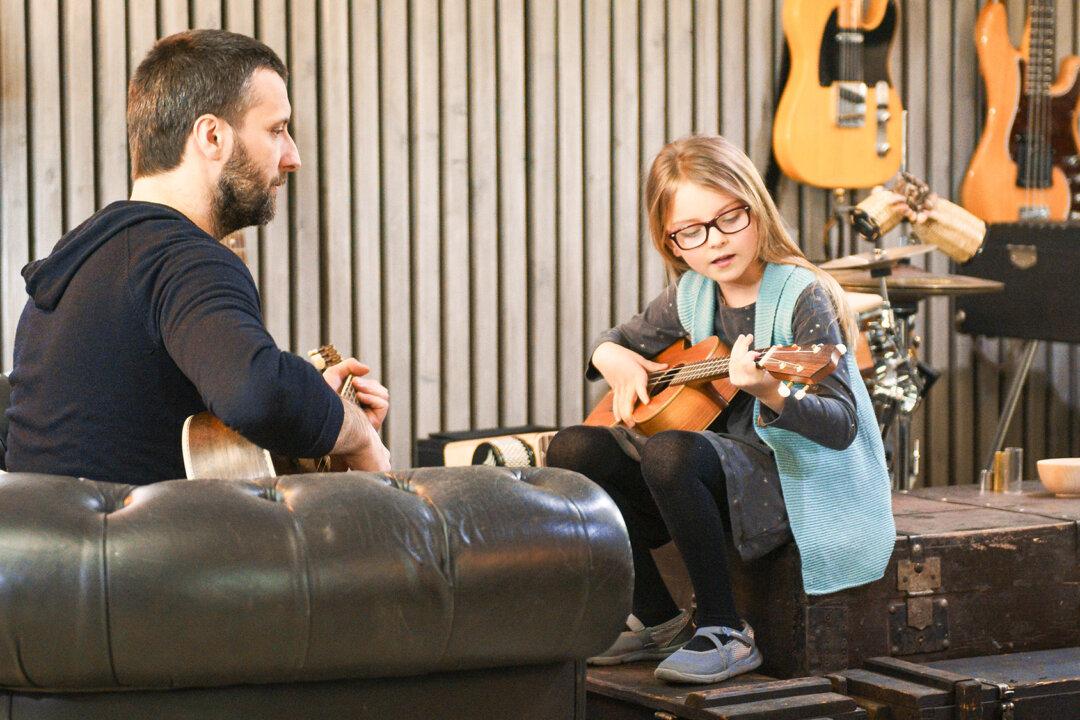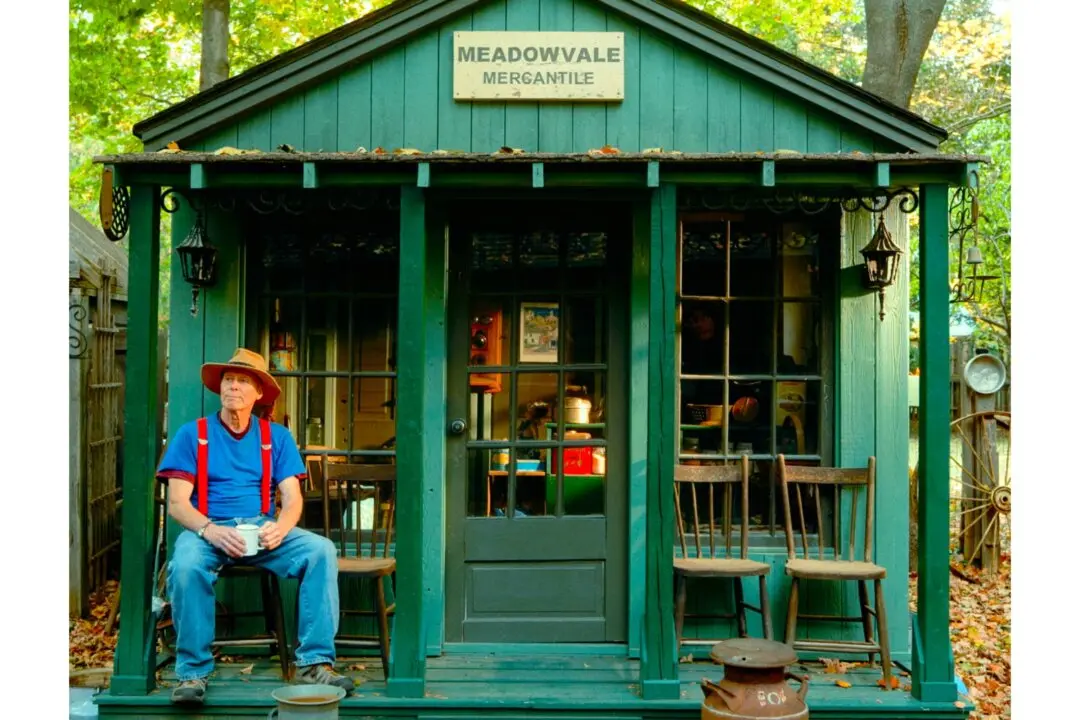An archaeologist by trade, Sara Colfield, 46, has always loved to collect vintage clothing as a hobby. Both in her work and spare time, she seeks to understand the lives of people now long gone.
In 2013, a vintage dress she had bought in a boutique led to her finding a coded message hidden inside a secret pocket. It opened a window into the past for a whole community.






